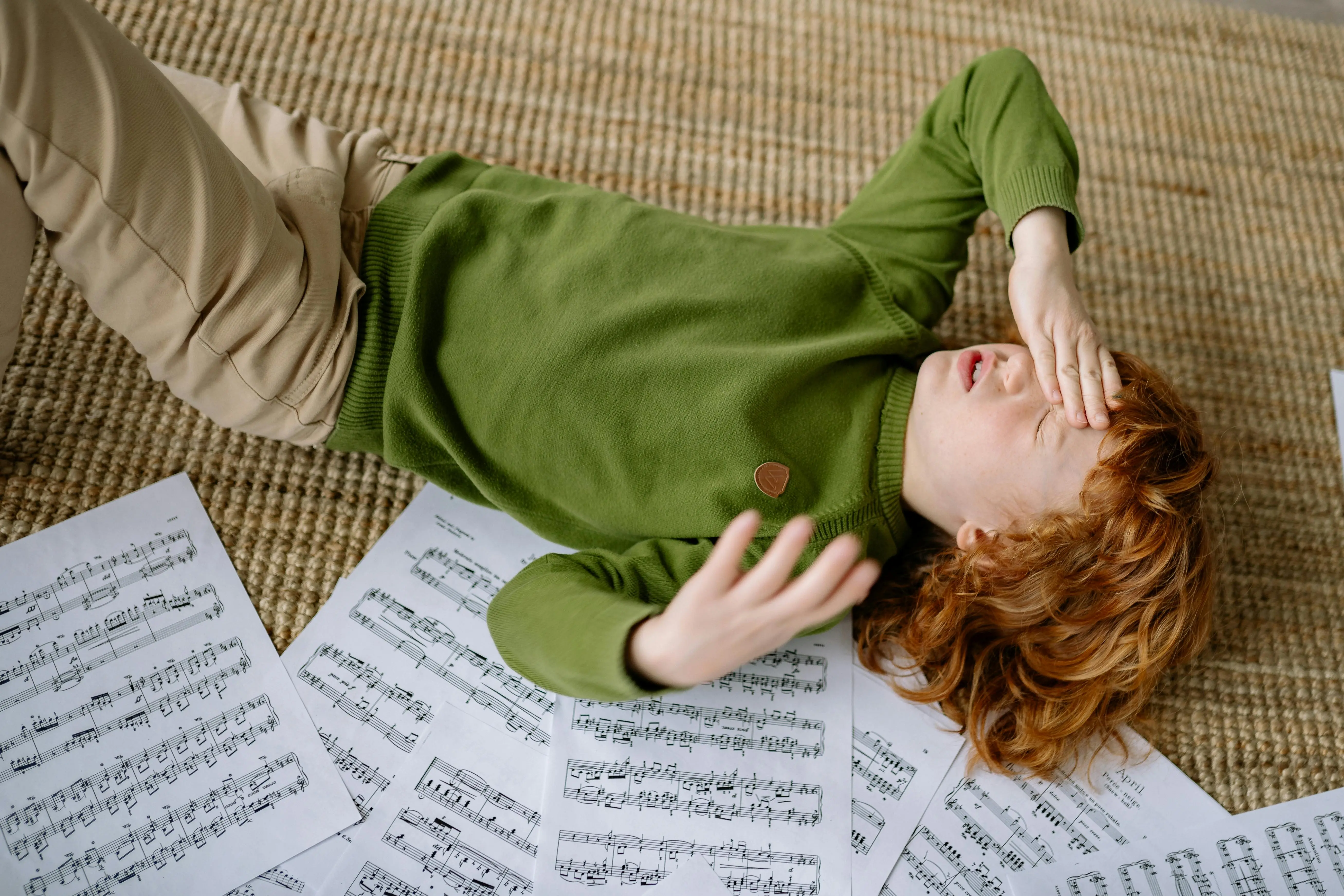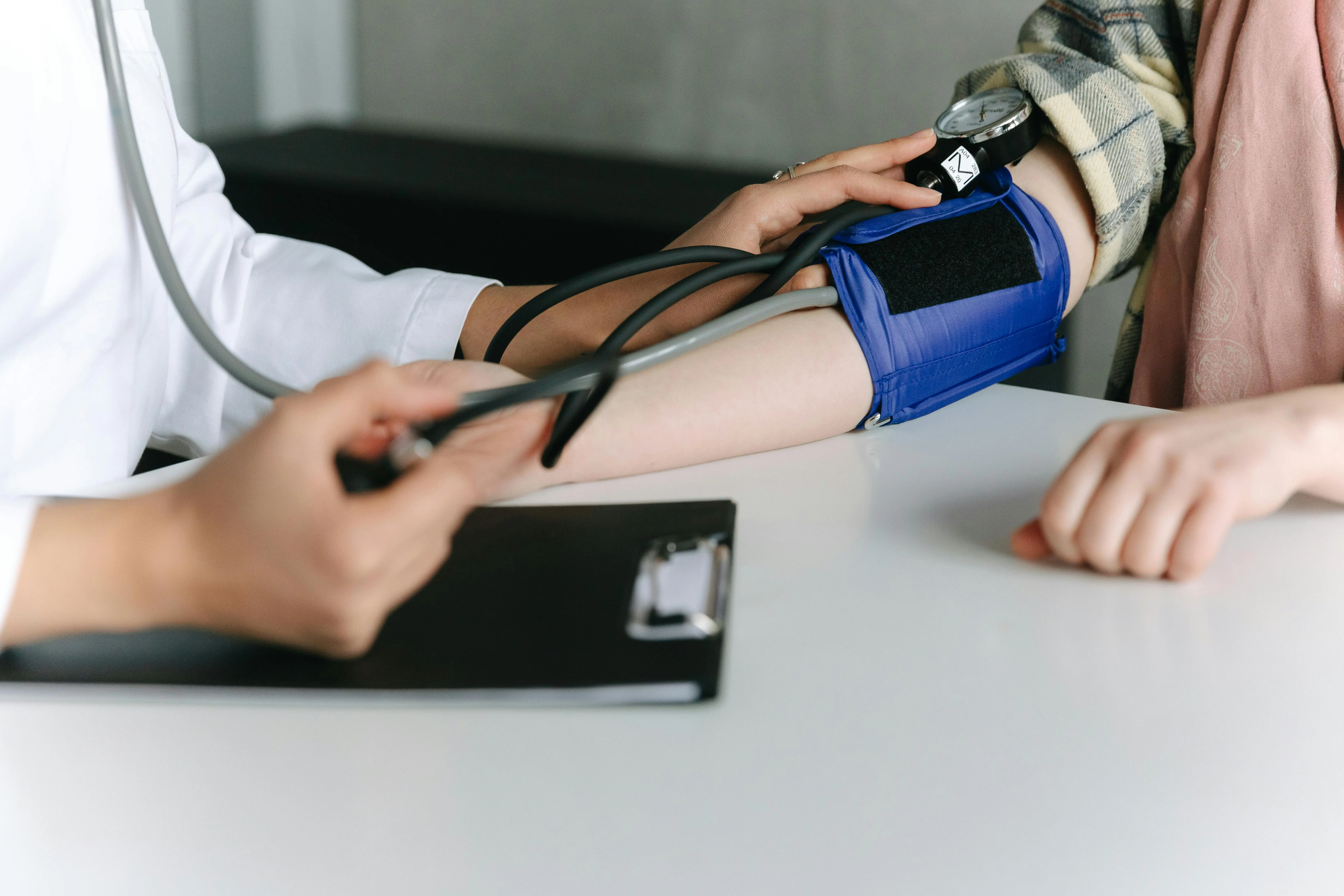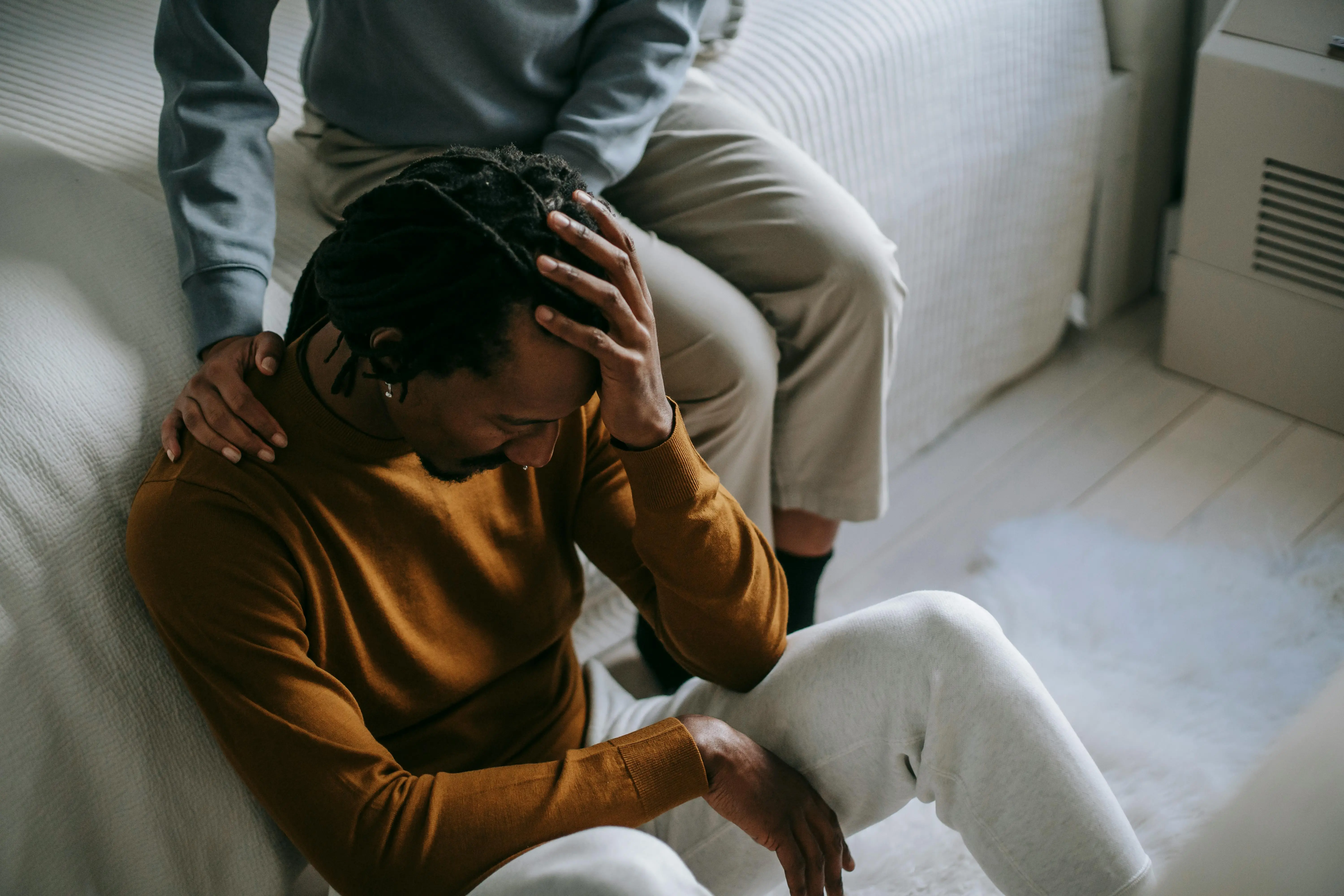How to help someone if they have a seizure
July 16, 2025

The following information and resources have been provided courtesy of The Lurie Center for Autism, a program of Massachusetts General Hospital and Mass General for Children.
The Lurie Center for Autism is committed to advancing treatments for and knowledge about Autism Spectrum Disorder (ASD) and other developmental disorders, and translating these discoveries into exceptional clinical care. A program of Massachusetts General Hospital and Mass General for Children, The Lurie Center is a multidisciplinary treatment, research, training, and advocacy organization dedicated to supporting individuals and their families across the lifespan.
This resource is intended to provide information so that you can be better informed. It is not a substitute for medical advice and should not be used to treat any medical conditions.
What to do if someone you care for has a seizure
The Lurie Center for Autism can help you manage the seizure disorder of someone you care for. If they have a seizure or something that looks like a seizure, answer the questions on this handout.
Call 911 (or your country's emergency number) if the seizure foes not stop, the person has trouble breathing, if they are hurt or do not wake up.
What to do during the seizure
- Stay calm and track the time. Make sure the person is safe before answering the questions on this handout.
- Stay with the person until the seizure stops or until they are awake again.
- Keep the person upright or on their side. Do not restrain them or put anything in their mouth.
- If the person is about to fall, lower them onto a chair or the ground.
What to do after the seizure
If this is the person's first seizure, they are having trouble breathing or have hurt themselves, call 911 (or your country's emergency number).
Possible seizure triggers (causes)
- Not sleeping enough
- Fatigue
- Fever
- Vomiting
- Diarrhea
- Constipation
- Viral illness or infection
- Missed doses of anti-seizure medications
- Menstrual periods
Answer these questions about the seizure
- Is this the person's first seizure that you know of? If yes, go to question 2. If no, answer the following questions:
- When was the last seizure?
- What do the seizures usually look like?
- What was different about this seizure?
- How long did the seizure last?
- What time did the seizure happen?
- When was the person's last anti-seizure medication dose?
- When is the next dose?
- Did the person hurt themselves during the seizure? If yes, how so?
- Did the person fall asleep or become very drowsy after the seizure? If yes, for how long?
- Did you notice any warning signs of the seizure before it happened? If yes, what did you notice?
- Circle all the person's seizure symptoms:
- Shaking
- Stiff body
- Whole body twitch
- Head drop or head twitch
- Eye movements: Blinking, Staring off, Rolling back, Move to left or right side
- Arm twitch: Left arm, Right arm
- Leg twitch: Left leg, Right leg
Revised 04/2018.
This is a div block with a Webflow interaction that will be triggered when the heading is in the view.
















.png)

